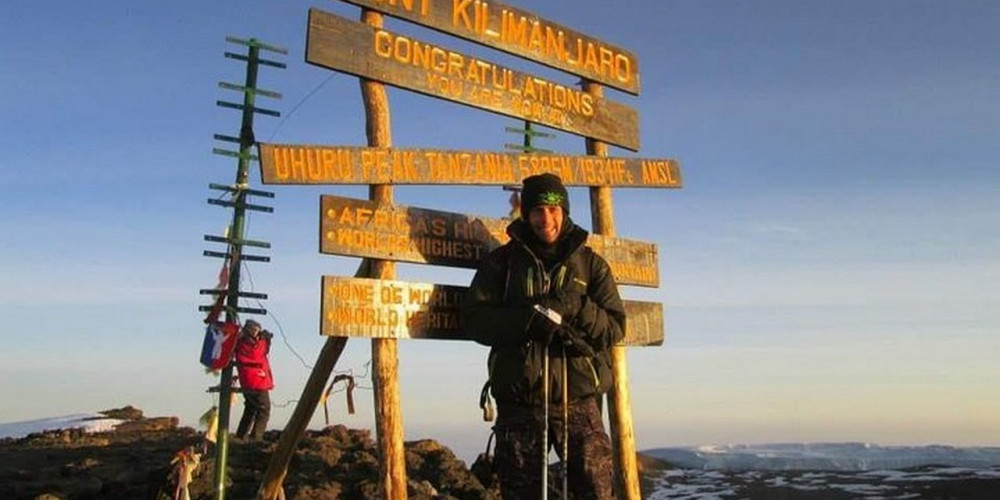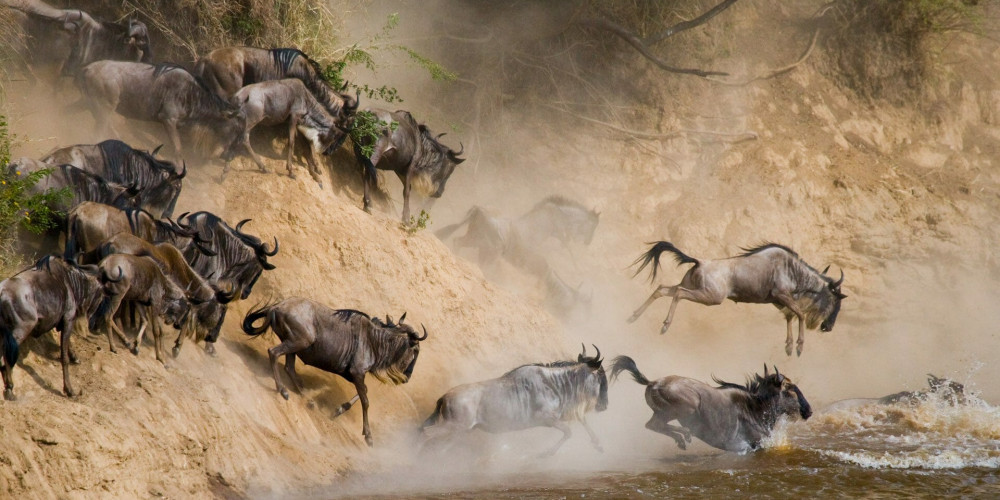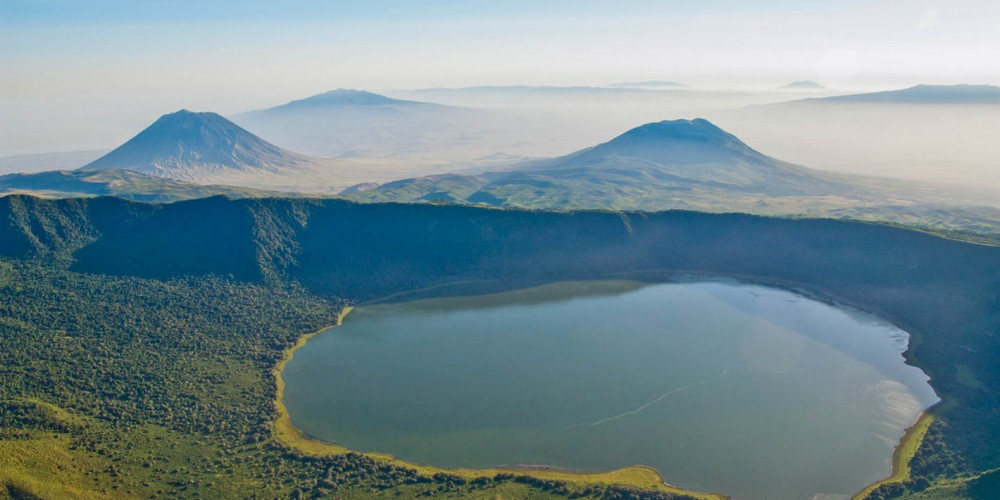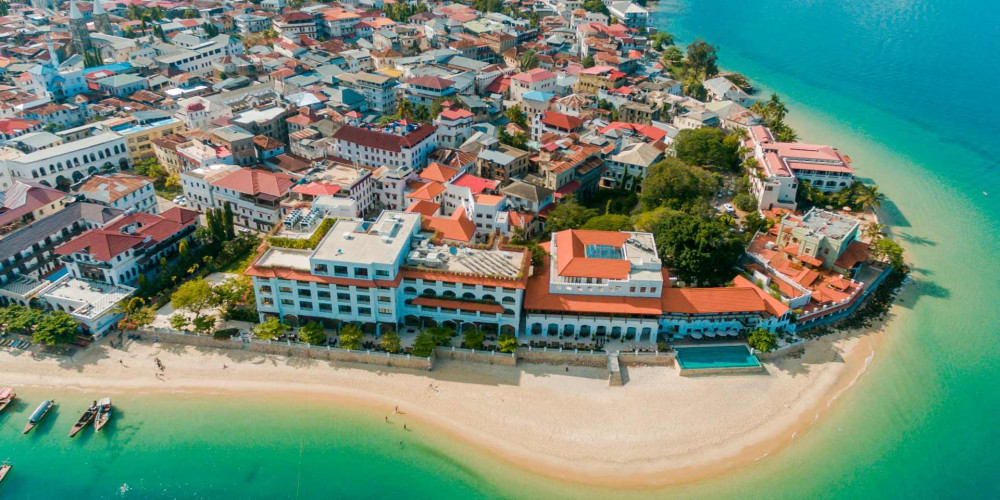

MOUNT KILIMANJARO
Mount Kilimanjaro is located in Tanzania, Africa. The highest free-standing mountain in the world and one of the seven summits prized by climbers. It stands 19,341 feet tall (5,895 meters), and has 3 volcanic cones as peaks: Kibo, Mawenzi, and Shira.
Kibo is the highest peak followed by Mawenzi at 16,983 feet (5,149 meters) and then Shira at 13,000 feet (3,962 meters). Both Mawenzi and Shira are extinct volcanoes. Kibo is dormant (meaning it could erupt again), but the last major eruption took place between 150,000 and 200,000 years ago.
Area approximately 400 square kilometers (150 sq mi)
Location South-West of Mount Kilimanjaro National Park
Climate
The best time and months to climb Mount Kilimanjaro are December to February and September, which offer the clearest and warmest conditions. June to August is also good climbing months, with cooler weather. There is a short rainy season in October and November, with afternoon rains, but clear skies during the morning and evenings. March to May is the long rainy season. Your climb up Mt. Kilimanjaro will take you through 5 distinct climatic zones, offering unique vegetation, wildlife, and scenery.
Getting There
- If you want To get to Kilimanjaro you need to fly to Kilimanjaro International Airport (JRO). The airport is situated southwest of Mount Kilimanjaro National Park. Below we have listed airlines that fly directly to Kilimanjaro airport (JRO).
- KLM: Direct flights from Amsterdam to Kilimanjaro airport
- Condor Air: Direct flights from Frankfurt to Kilimanjaro airport
- Turkish Airlines: Direct flights from Istanbul to Kilimanjaro airport
- Kenya Airways: Direct flights from Nairobi to Kilimanjaro airport
- Precision Air: Direct flights from Nairobi to Kilimanjaro airport
- Qatar Airlines: Direct flights from Doha to Kilimanjaro airport
- Ethiopian Airlines: Direct flights from Addis Ababa to Kilimanjaro airport
- RwandAir: Direct flights from Kigali to Kilimanjaro airport
If you are unable to find direct flights to Kilimanjaro airport, you can fly to Kilimanjaro airport via Dar Es Salaam or Nairobi (Kenya). Mount Kilimanjaro is much closer to Nairobi than it is to Dar Es Salaam. Nairobi receives a lot more air traffic than Kilimanjaro Airport, making it have competitive prices.
Attractions
Rainforest
Kilimanjaro routes begin in the lush rainforest, which receives approximately 80 inches of rain annually, mostly during the rainy season months of April through May and November.
Colobus Monkeys
The Colobus monkey lives on the treetops in Kilimanjaro’s rainforest. Their name comes from a Greek word referring to the stumps on their hands they have instead of thumbs.
Zebra Rock
Zebra Rock is a popular landmark on the Marangu route. Over time, mineral-rich rain water flowing over the black lava formed white streaks on the rock wall resembling a zebra.
Dendrosenecio Kilimanjari Plants
The rare flora species Dendrosenecio Kilimanjaro have evolved and adapted themselves to the unique and unpredictable weather of Kilimanjaro in order to survive.
Shira Plateau
The Shira Plateau is located on the western side of the mountain. The plateau is actually a caldera, a collapsed volcanic crater, created 500,000 year ago that was later filled with lava debris from another eruption.
Plane Crash Site
In November 2008, a small passenger plane carrying four tourists and the pilot crashed on Kilimanjaro at 14,200 ft. The wreckage remains on the mountain on the saddle between Uhuru and Mawenzi.
Lava Tower
Sitting at 15,900 ft, Lava Tower was caused by a volcanic eruption dating back between 150,000-200,000 years ago. Climbing the tower is a fun activity for people feeling extra adventurous.
Kibo Crater
There are three volcanic cones on Mount Kilimanjaro: Shira, Mawenzi and Kibo. Kibo crater is the main crater and the largest, located near the summit of Kilimanjaro.
Glaciers
Kilimanjaro’s 10,000 year old glaciers have drastically disappeared by 85% over the last 100 years. Because of this rate of decline, many experts expect the glaciers to completely disappear in the next 50-70 years.










